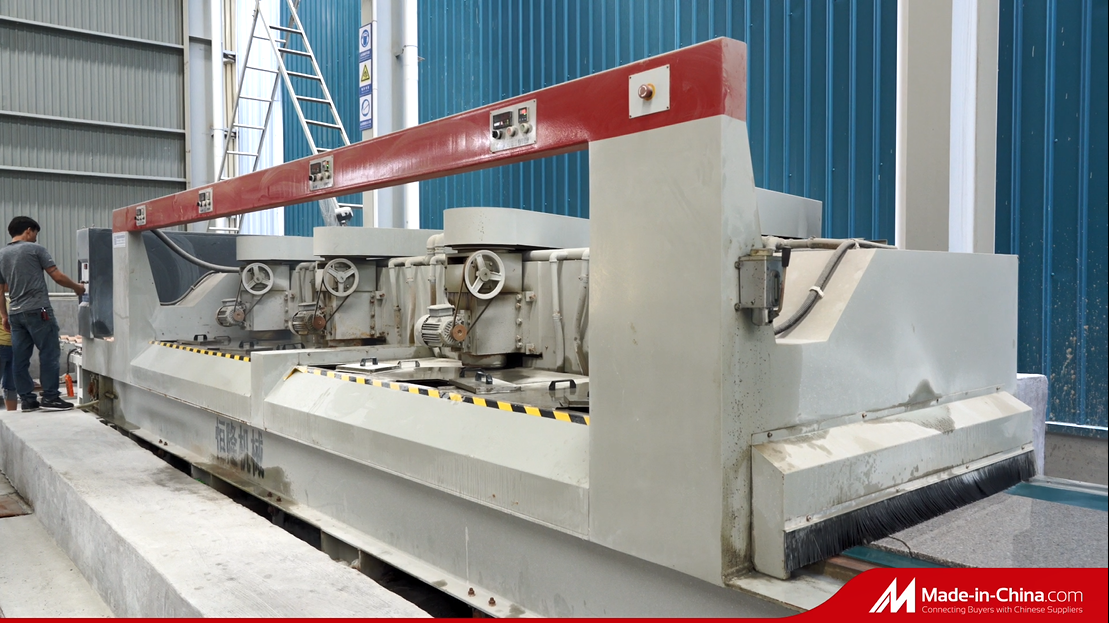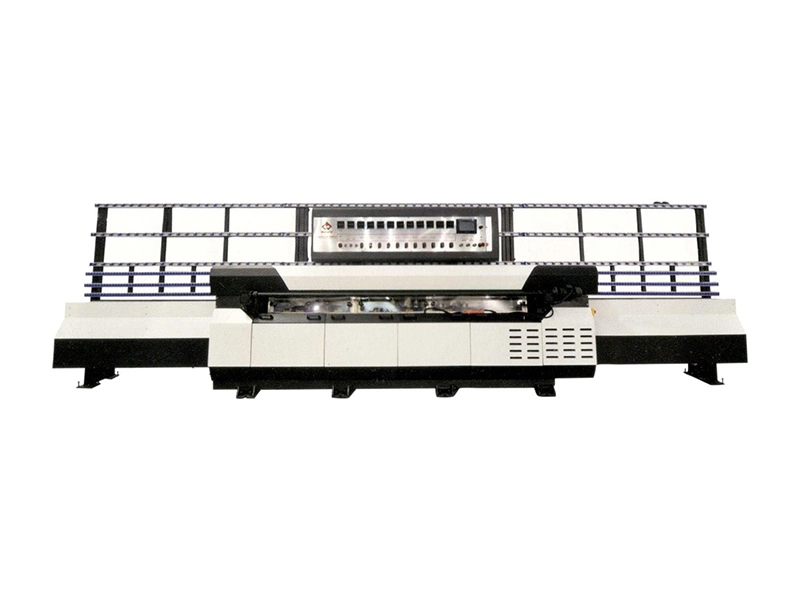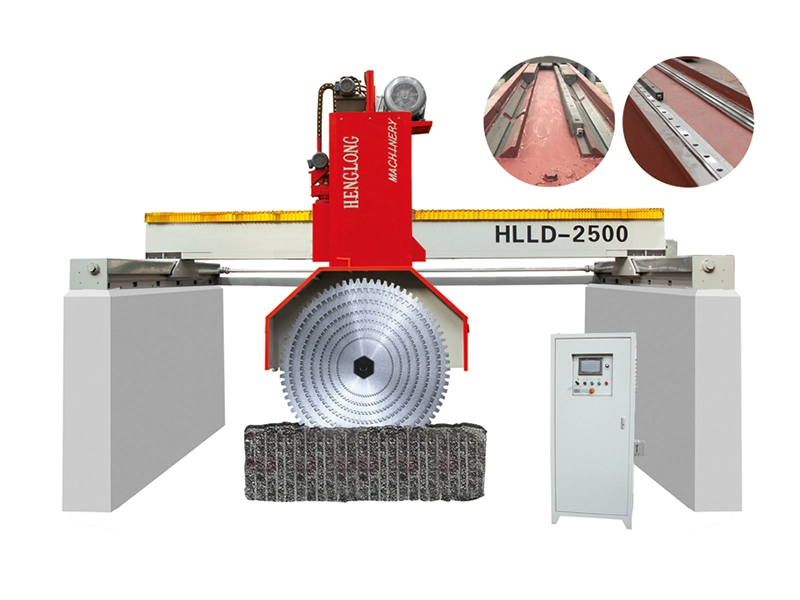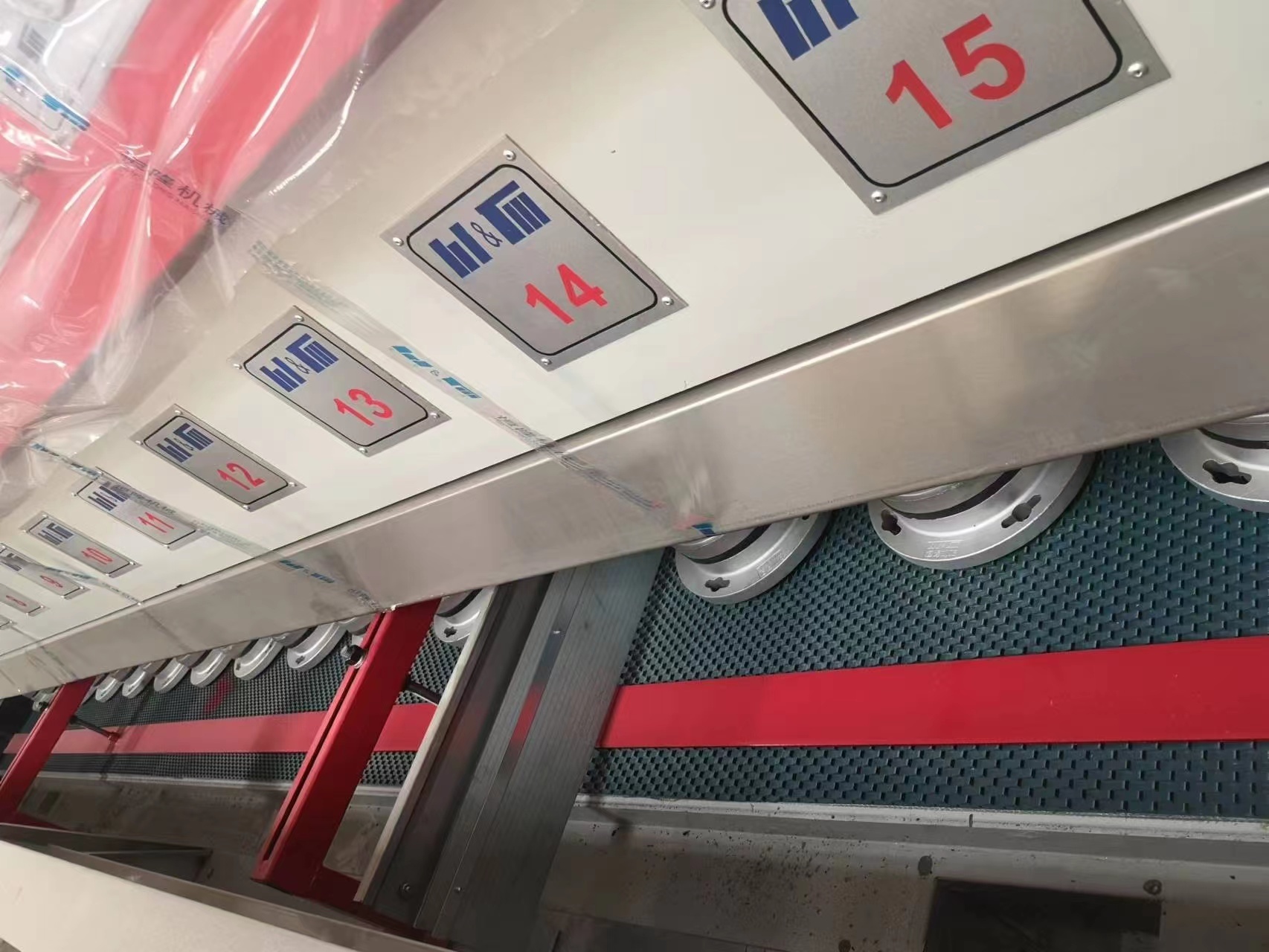The Best Practices for Using a Polishing Machine on Granite Slabs
Time:
Apr 01,2025
The Best Practices for Using a Polishing Machine on Granite Slabs
Granite slabs are a popular choice for countertops, flooring, and various architectural applications due to their durability and aesthetic appeal. However, to maintain their beauty and longevity, proper polishing techniques are essential. Utilizing a polishing machine effectively can transform rough, dull granite into a smooth, glossy surface. In this article, we will explore the best practices for using a polishing machine on granite slabs, ensuring optimal results every time.
Table of Contents
- Understanding Granite and Its Properties
- Choosing the Right Polishing Machine
- Essential Accessories for Polishing Granite
- Step-by-Step Guide to Polishing Granite Slabs
- Techniques for Maximum Polishing Effectiveness
- Maintaining Your Polishing Machine
- Safety Measures When Polishing
- Common FAQs About Polishing Granite
- Conclusion
Understanding Granite and Its Properties
Granite is an igneous rock formed from cooled magma, making it incredibly durable and resistant to scratches and heat. Its unique geological composition gives it a wide range of colors and patterns, which adds to its visual appeal. However, granite is not immune to dullness and scratches over time; therefore, understanding its properties is crucial in the polishing process. Proper polishing techniques can enhance the natural beauty of granite while also prolonging its lifespan.
Choosing the Right Polishing Machine
Selecting the right polishing machine is paramount for achieving a high-quality finish. When considering a polishing machine for granite slabs, take note of the following factors:
1. Type of Machine
There are various types of polishing machines, including:
- Rotary Polishers: Ideal for achieving high gloss finishes, they operate at high RPMs.
- Random Orbital Polishers: These machines are safer for beginners, providing a swirl-free finish.
- Concrete Floor Polishers: Suitable for larger surfaces, these machines offer powerful performance.
2. Power and Speed
The power of the machine should be sufficient to handle granite’s hardness. Look for machines with adjustable speed settings to tailor the polishing process to specific needs.
3. Weight and Portability
Consider the weight of the machine, especially if you will be moving it frequently. Lighter machines offer better portability but ensure they are still robust enough for granite.
Essential Accessories for Polishing Granite
Using the right accessories can enhance your polishing experience and results. Key accessories include:
1. Diamond Polishing Pads
Diamond pads come in various grits, from coarse to fine. Start with a lower grit to remove imperfections and progress to higher grits for a smoother finish.
2. Water Supply System
Granite polishing requires water to cool the surface and prevent dust. A constant supply system will ensure smooth polishing.
3. Vacuum System
A vacuum attachment can help manage dust and debris, improving visibility and safety during the polishing process.
4. Safety Gear
Always wear safety goggles, gloves, and a dust mask to protect yourself from harmful particles and dust.
Step-by-Step Guide to Polishing Granite Slabs
Following a structured approach will yield the best results when polishing granite. Here’s a detailed step-by-step guide:
Step 1: Prepare the Work Area
Clear the area of any obstacles and ensure the surface is clean. A clutter-free workspace minimizes accidents.
Step 2: Inspect the Granite Surface
Look for cracks, chips, or severe scratches. Minor imperfections can be addressed during polishing, but significant damage may require repair before starting.
Step 3: Select the Appropriate Grit Pad
Begin with a coarser diamond pad (around 50 grit) to remove any surface blemishes. Always follow the manufacturer's instructions for the machine and pads.
Step 4: Begin Polishing
Attach the diamond pad to the polishing machine. Start the machine at a low speed and gradually increase. Move in a circular motion, ensuring even coverage across the slab.
Step 5: Switch Grits
After using the coarse pad, switch to higher grit pads (100, 200, 400, and so on) to refine the surface. Each grit will further smoothen the surface and enhance the shine.
Step 6: Finishing Touches
Once the desired polish is achieved, clean the surface thoroughly with a damp cloth to remove any residue and dust. You may apply a granite sealer for added protection.
Techniques for Maximum Polishing Effectiveness
To maximize the effectiveness of the polishing process, consider these techniques:
1. Consistent Speed and Pressure
Maintain a consistent speed and pressure while polishing. Too much pressure can damage the granite, while too little may not yield the desired results.
2. Overlapping Passes
When polishing, overlap each pass by about 50% to ensure even coverage and avoid missed spots.
3. Regularly Change Water
Ensure the water is clean and regularly refreshed to reduce the risk of slurry build-up, which can affect the quality of the polish.
Maintaining Your Polishing Machine
Proper maintenance of your polishing machine ensures its longevity and optimal performance. Here are some tips to keep it in top shape:
1. Clean After Each Use
Remove dust and debris from the machine, especially around the pads and motor. This prevents clogging and wear.
2. Inspect for Wear and Tear
Regularly check your pads and machine components for signs of wear. Replace as necessary to maintain effectiveness.
3. Store Properly
Store the machine in a dry, safe place to protect it from moisture and potential damage.
Safety Measures When Polishing
Safety should always be a priority when operating machinery. Follow these safety measures:
1. Personal Protective Equipment (PPE)
Wear safety goggles, gloves, and a mask to protect against dust and debris. Long-sleeved clothing can protect your skin from potential abrasions.
2. Ensure Proper Ventilation
Work in a well-ventilated area to minimize the inhalation of dust and fumes generated during the polishing process.
3. Avoid Loose Clothing
Wear fitted clothing to prevent any loose items from getting caught in the machine.
Common FAQs About Polishing Granite
1. How often should I polish my granite surfaces?
It depends on usage. Typically, granite countertops should be polished every 1-3 years, while floors may require more frequent polishing.
2. Can I polish granite without a machine?
While it’s possible to polish granite manually using polishing compounds, a machine provides a more uniform and efficient finish.
3. What is the best polishing pad for granite?
The best polishing pads are diamond pads specifically designed for granite. They come in different grits for varying levels of finish.
4. Is polishing granite a DIY task?
Yes, with the right tools and safety measures, polishing granite can be a DIY task. However, for extensive damage or larger areas, it's advisable to consult professionals.
5. What is the difference between honing and polishing granite?
Honing creates a matte finish and smoothens the surface, while polishing results in a high-gloss, reflective surface.
Conclusion
Polishing granite slabs not only enhances their beauty but also extends their lifespan. By following the best practices outlined in this guide, you can achieve a stunning, high-quality finish that showcases the natural elegance of granite. Remember to choose the right tools, maintain your equipment, and prioritize safety throughout the process. With patience and the right techniques, your granite surfaces will gleam and be the pride of your home or workspace.
RELATED NEWS









